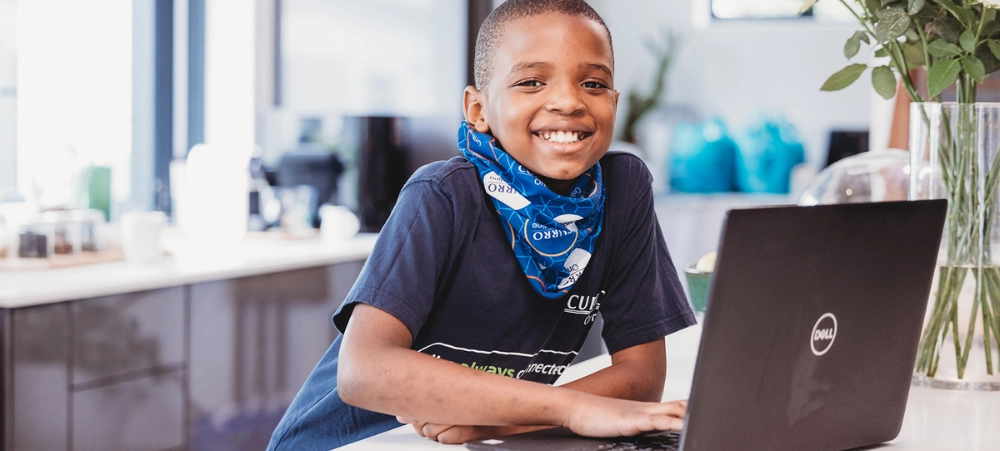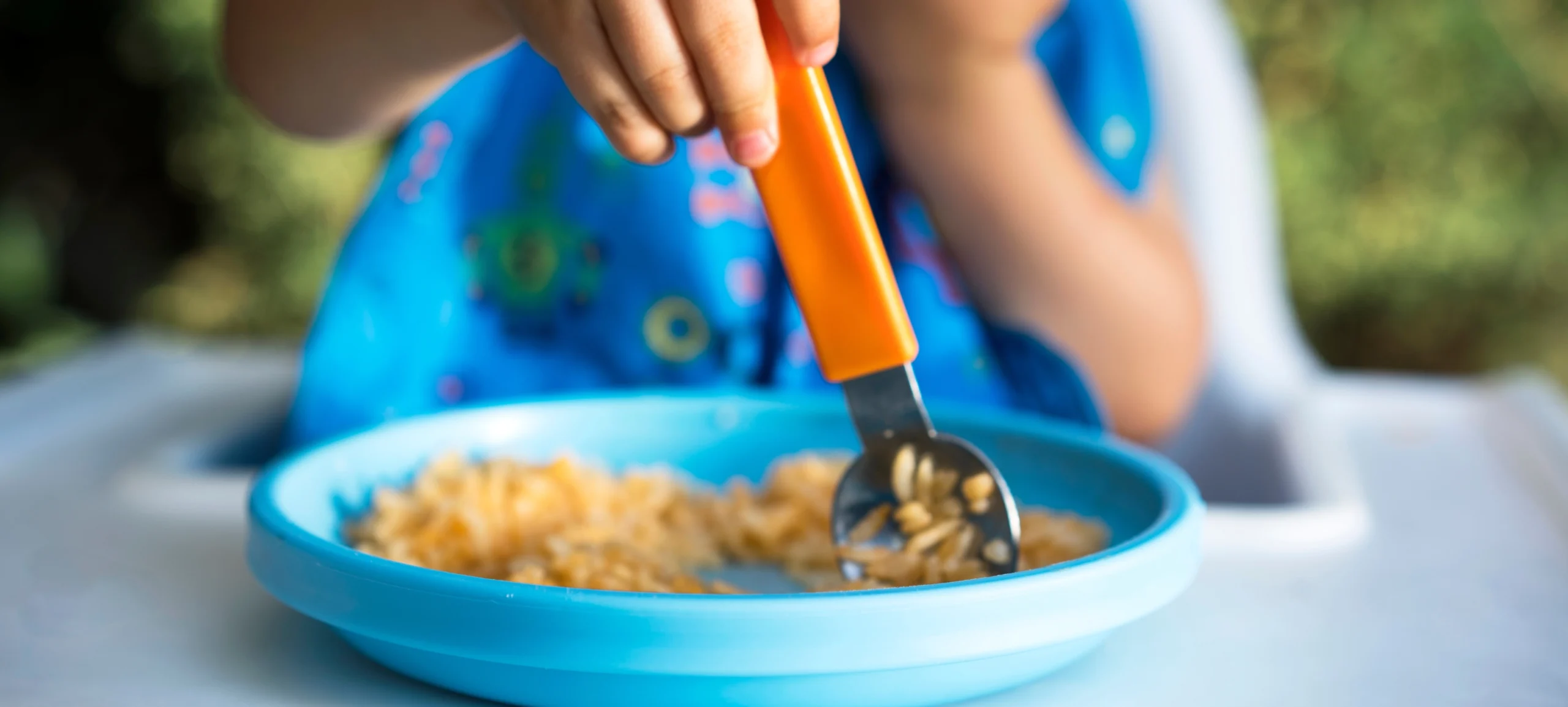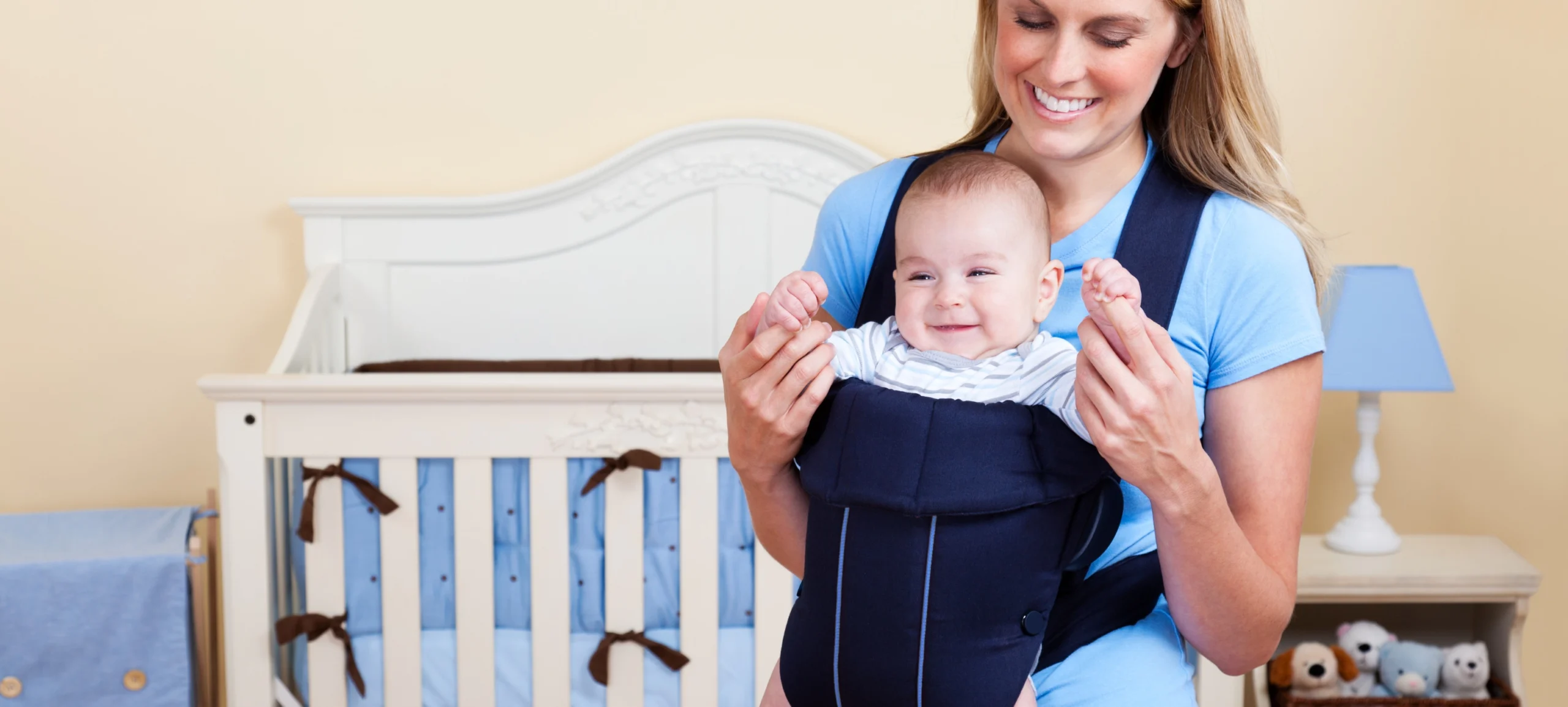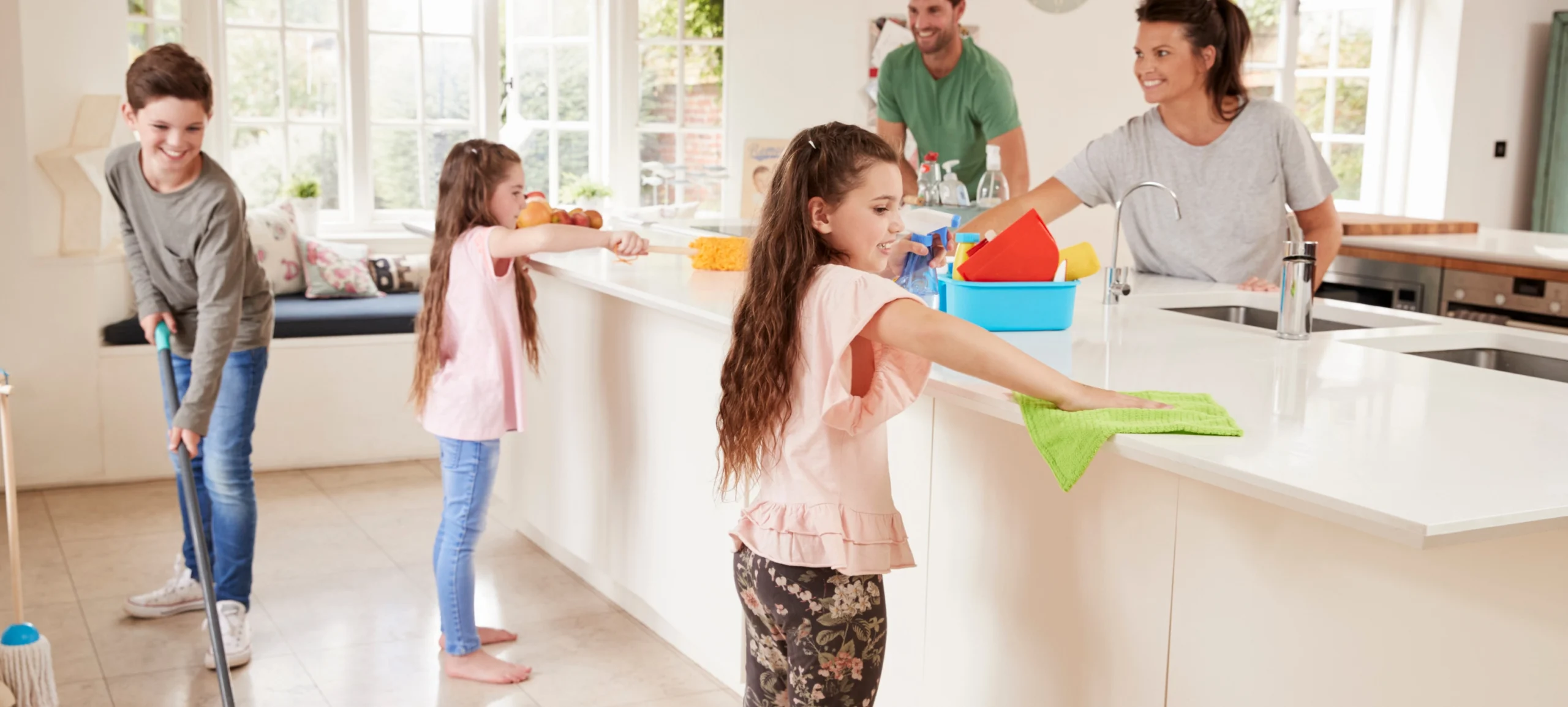
Don’t let the flu catch you – be informed and prepared
As autumn approaches, so does the flu season. Influenza, also known as ‘flu’, is an acute respiratory illness caused by an infection of the respiratory tract with the flu virus. There are four types of flu viruses: A, B, C and D. Most seasonal outbreaks of flu are as a result of the A and B viruses. Respiratory infections, including flu, can pose serious health risks, especially for vulnerable groups such as young children, the elderly and those with chronic conditions. That’s why Bonitas Medical Fund has created the Respiratory Illness Hub – a go-to resource for all South Africans, addressing everything related to your respiratory health, including flu. From prevention and symptoms to treatment and support, you’ll find all the information you need to take control of your respiratory wellbeing. To find out more, visit www.bonitas.co.za/Respiratory-Hub Let’s face it, flu is extremely unpleasant. Symptoms develop anywhere from 1 to 4 days after infection and last up to a week. Then there is usually a sudden onset of fever, muscle pains, body aches, a dry cough, sore throat, runny nose, headache and feeling tired or unwell. In severe cases, flu can lead to serious complications requiring hospitalisation, with pneumonia being the most common. Annually in South Africa, around 40 000 people are hospitalised due to flu, and the virus is linked to approximately 11 500 deaths per year. ‘The flu viruses are typically in circulation just before the winter months, so the best time to get a flu shot is in early April,’ says Dr Themba Hadebe, Clinical and Managed Care Executive at Bonitas Medical Fund. How is flu spread? The virus is spread from person to person, through inhaling of infected respiratory droplets from sneezing, coughing or talking. You can also be infected by touching objects or surfaces that the flu virus is on and then touching your mouth, eyes or nose. Will the flu vaccine prevent flu? Think of the flu shot as preventive care: While the vaccine won’t always prevent you or your family from getting the flu, it can prevent severe and secondary illnesses related to the flu. Why a flu shot every year? All viruses mutate – meaning the genetic material of the cell changes – but not at the same rate. Some mutate very quickly, including the flu virus. The formula for each year’s vaccine is tailored to the specific type of flu that is circulating. Currently, there are subtype A(H1N1) and A(H3N2) influenza viruses. ‘Which is why we recommend an annual flu vaccine’ says Dr Hadebe. 2025 flu symptoms: Will the flu shot give me flu? No! Flu vaccines are currently made either with flu vaccine viruses that have been ‘inactivated’ and are not infectious or with no flu vaccine viruses at all. Some side effects may occur like redness, tenderness and swelling where the vaccine was given but this is mild and will only last a few days. These are infinitely preferable to a bad case of flu. Who should get a flu vaccine? Everyone should get a flu vaccine but particularly those at higher risk including: Who should NOT have the flu vaccine? What about children – when should I take my child to see a doctor for their symptoms? Reach out to your paediatrician, doctor or clinic within 24 hours of your child displaying flu symptoms, if your child: In general, it’s a good idea to be seen by a medical professional if your child has a fever that has lasted more than 3 days and/or appears dehydrated. Go to the emergency room immediately if your child: How do I keep my child healthy during flu season? The first and best action you can take to keep you and your family safe and healthy during flu season is annual flu vaccines. Dr Hadebe recommends everyone has a flu shot*. He says children can be vaccinated from 6 months of age but recommends you speak to your healthcare worker about when to start vaccinating against flu. How can I prevent spreading the flu? There are several ways you can reduce the risk of spreading flu if you are ill: Dr Hadebe says, ‘Flu can lead to various complications, such as pneumonia, bronchitis, sinus infections, ear infections and worsening of chronic medical conditions like asthma or heart disease. Complications are more common in high-risk groups.’ ‘Flu viruses spread very quickly from person to person’, he says. ‘Even if the flu vaccine is not 100% effective, it will reduce your risk of getting flu, and if you do get it, it will be a great deal milder.’ Remember your GP should always be your first port of call *All Bonitas beneficiaries qualify for 1 flu vaccine per year. *Elderly members, aged 65 years and over, qualify for 1 pneumococcal vaccine every 5 years.


































